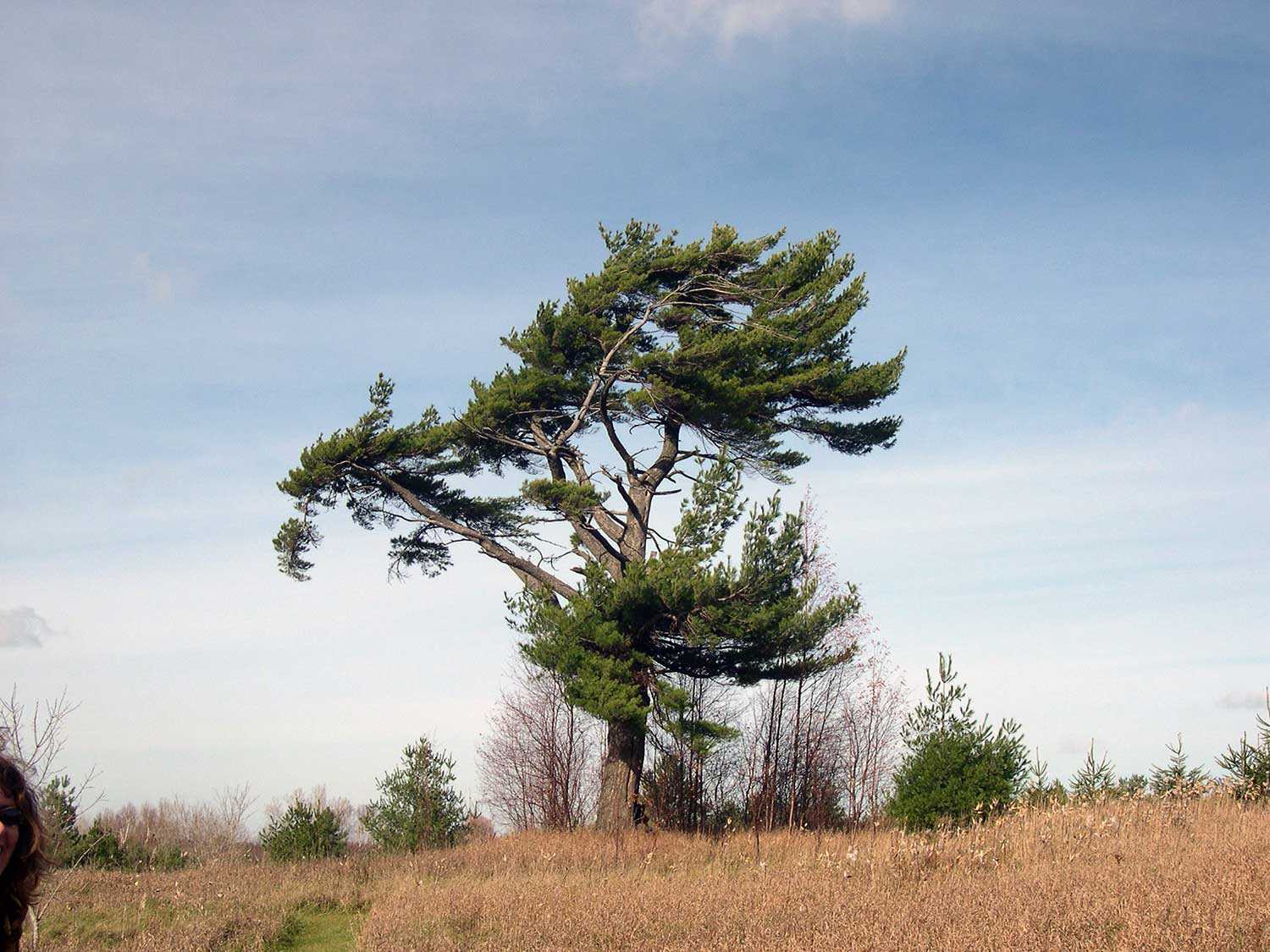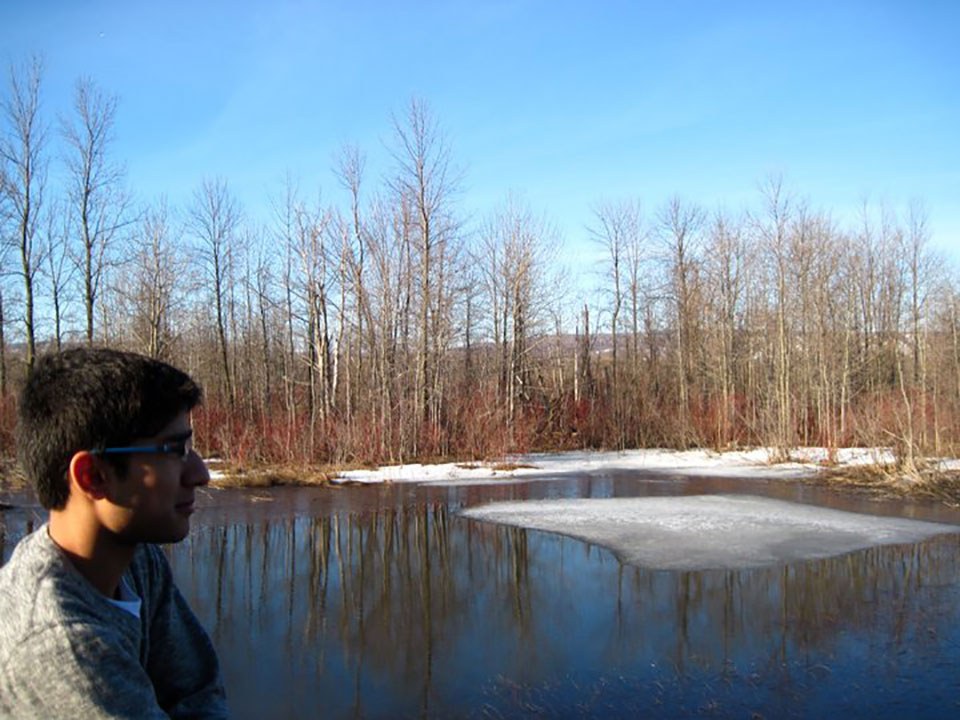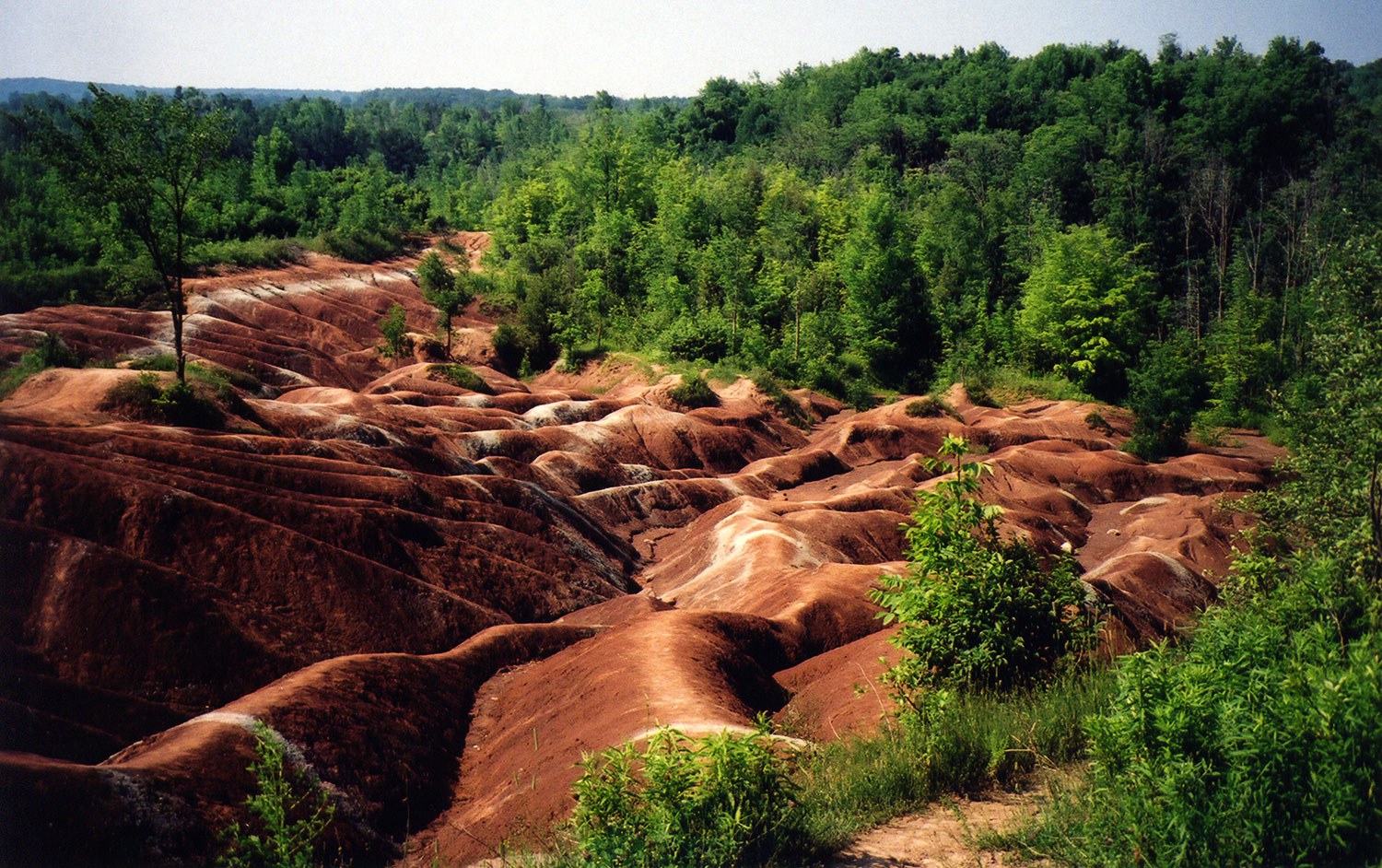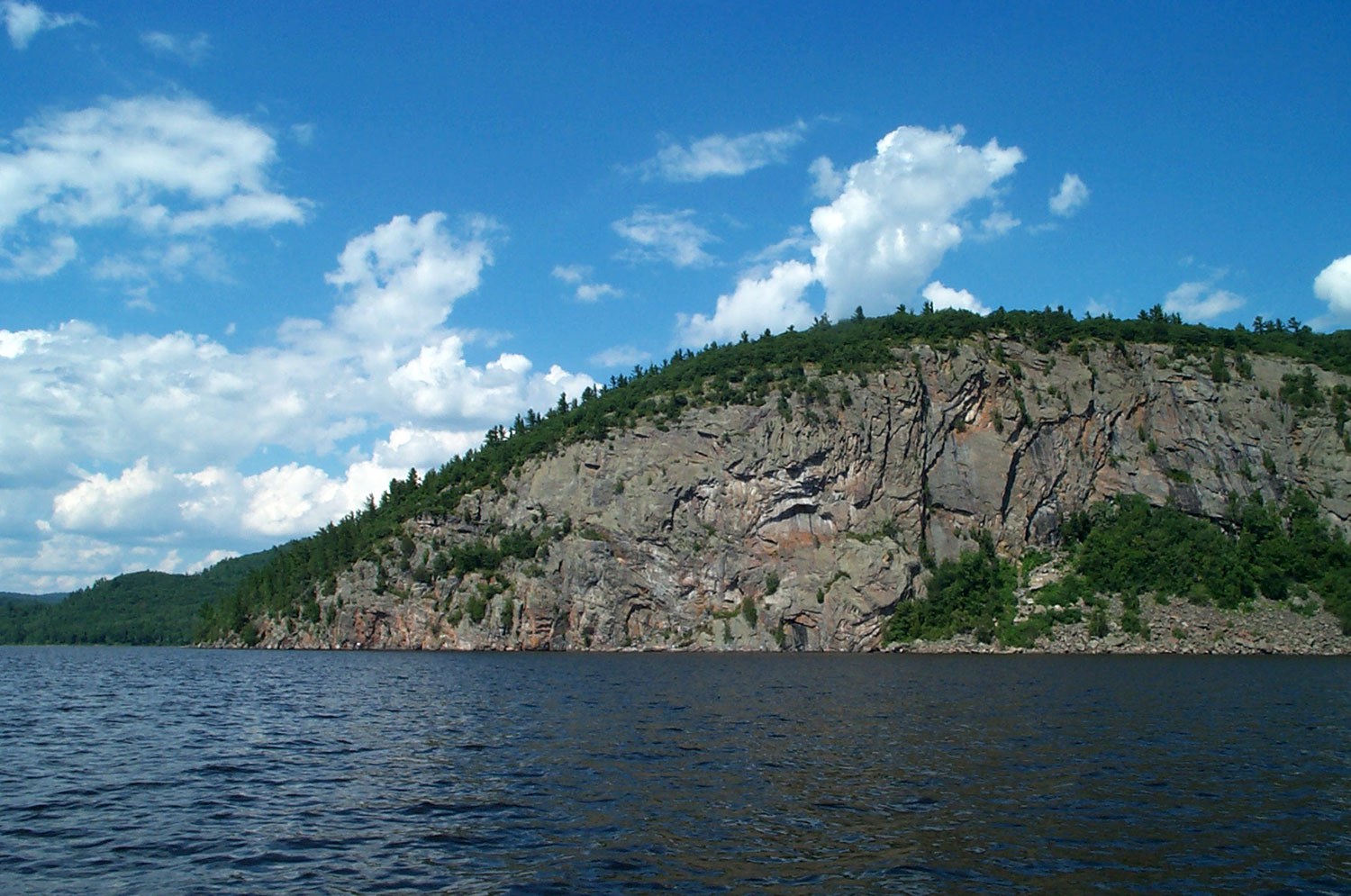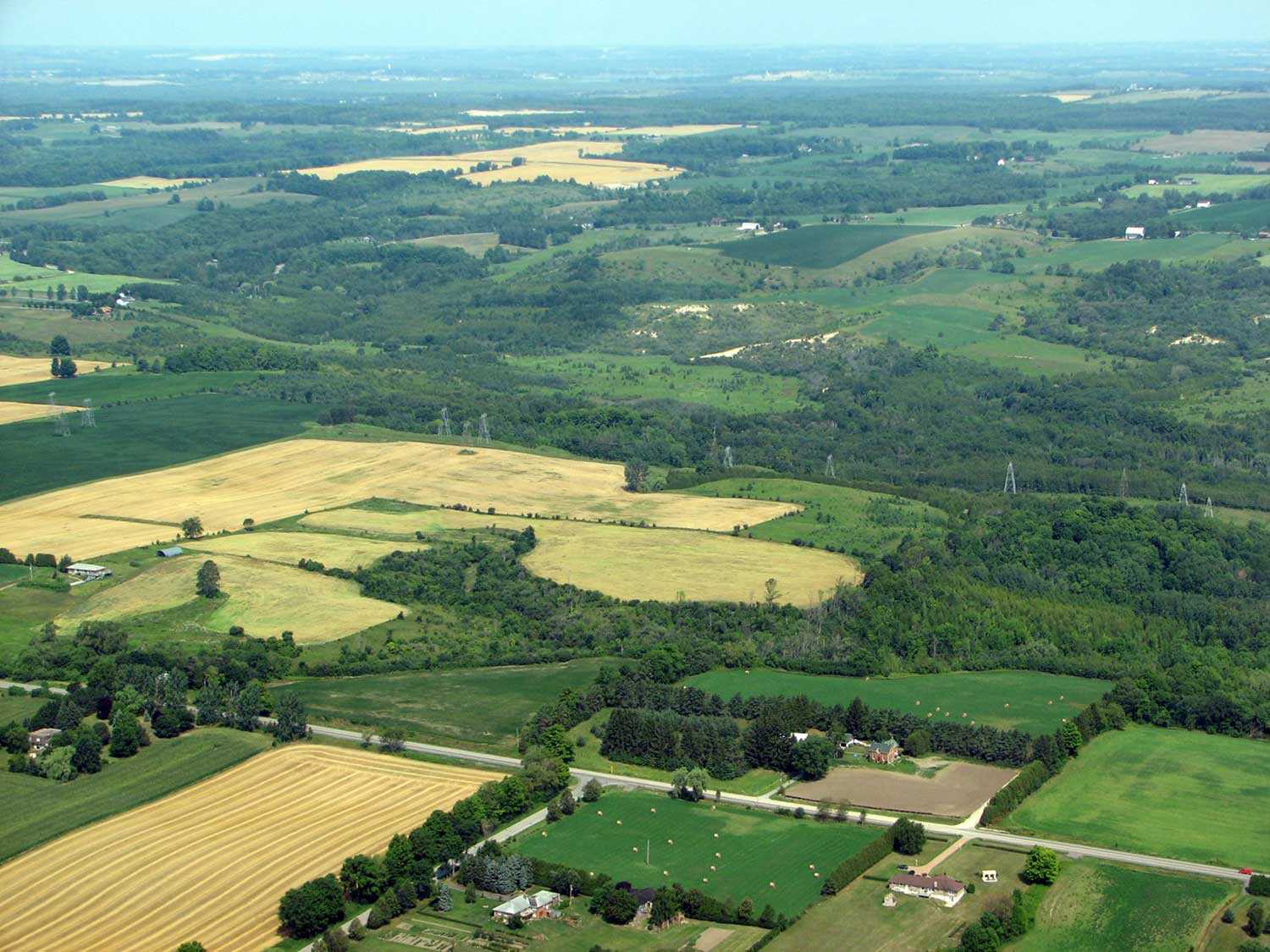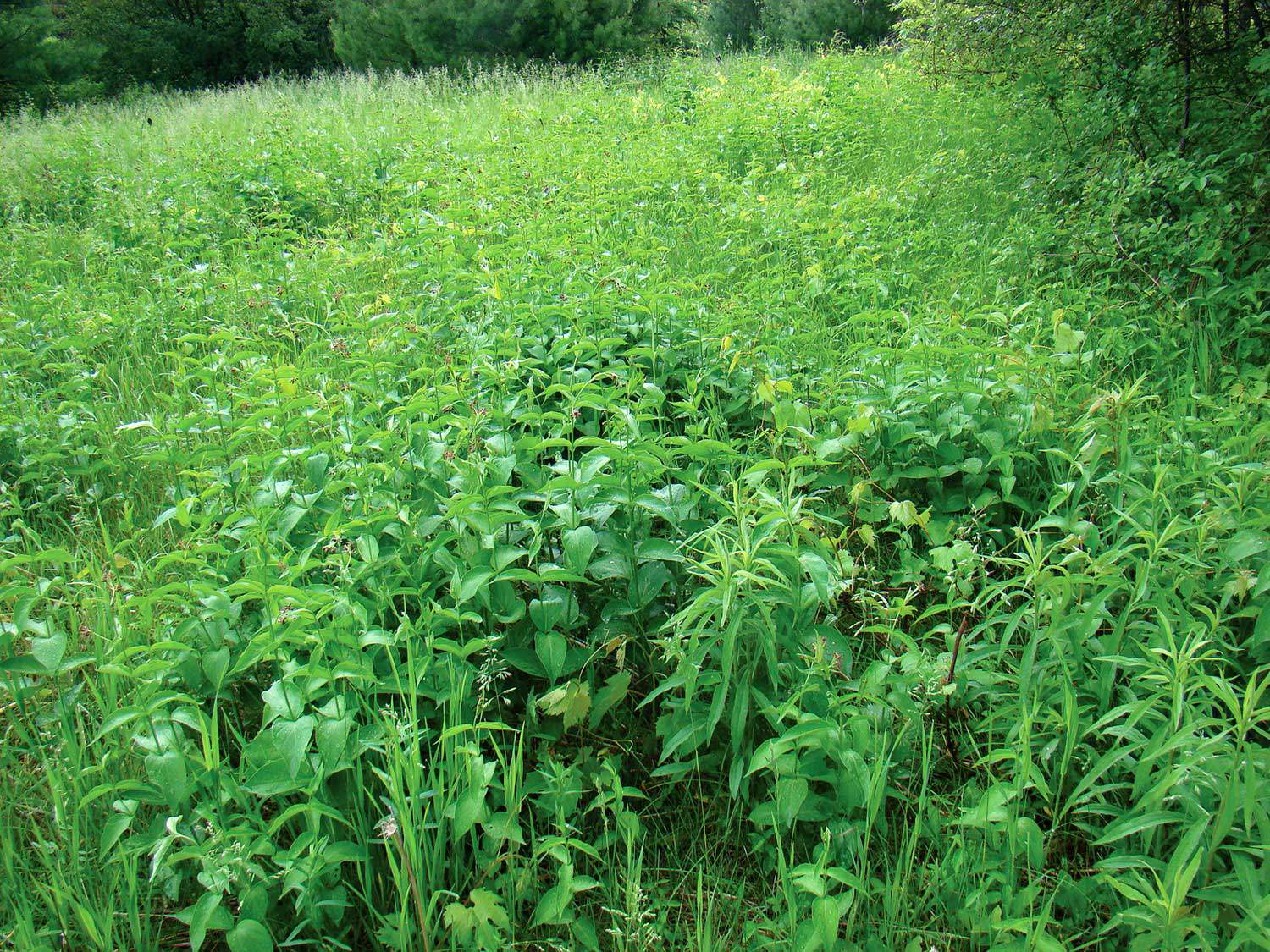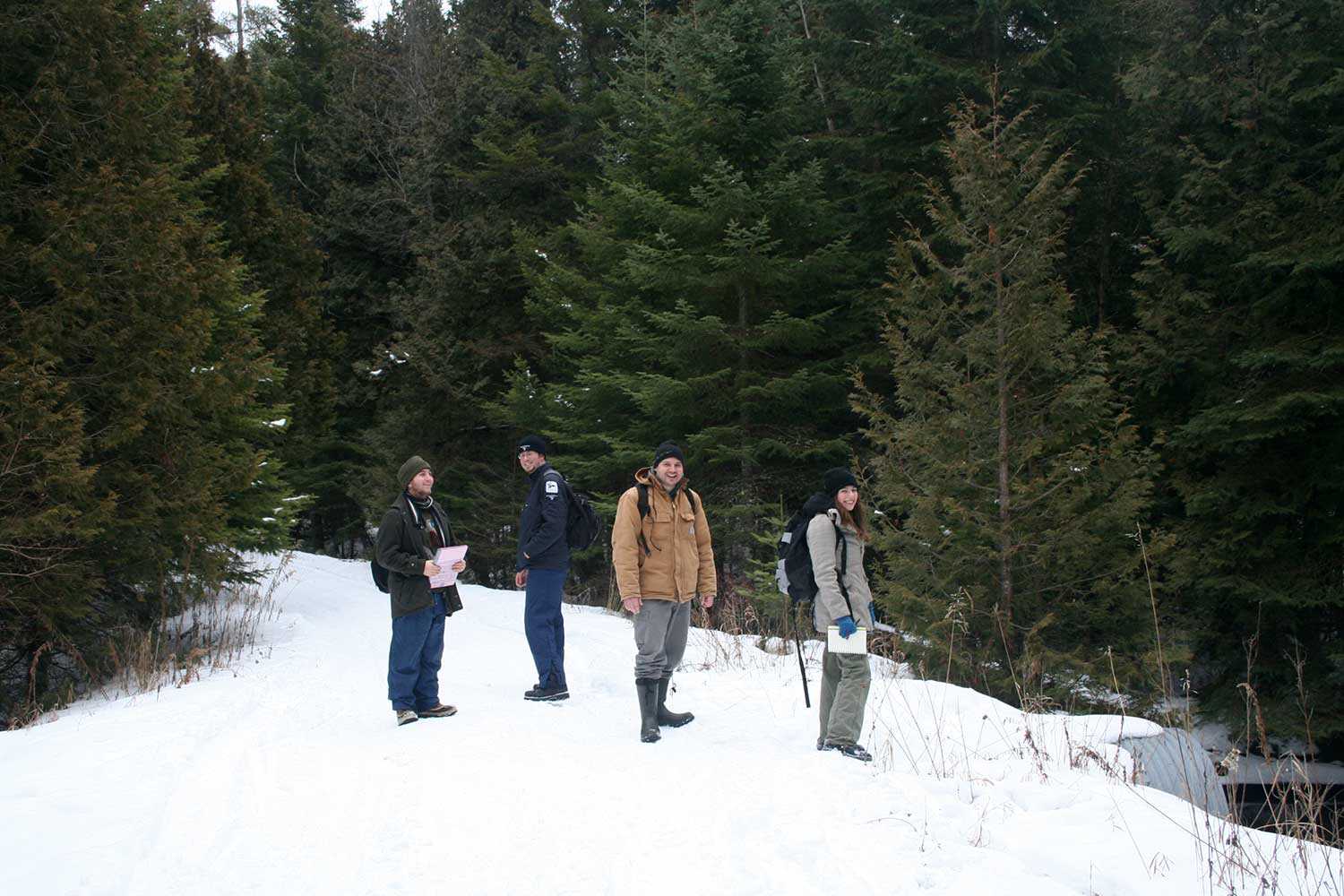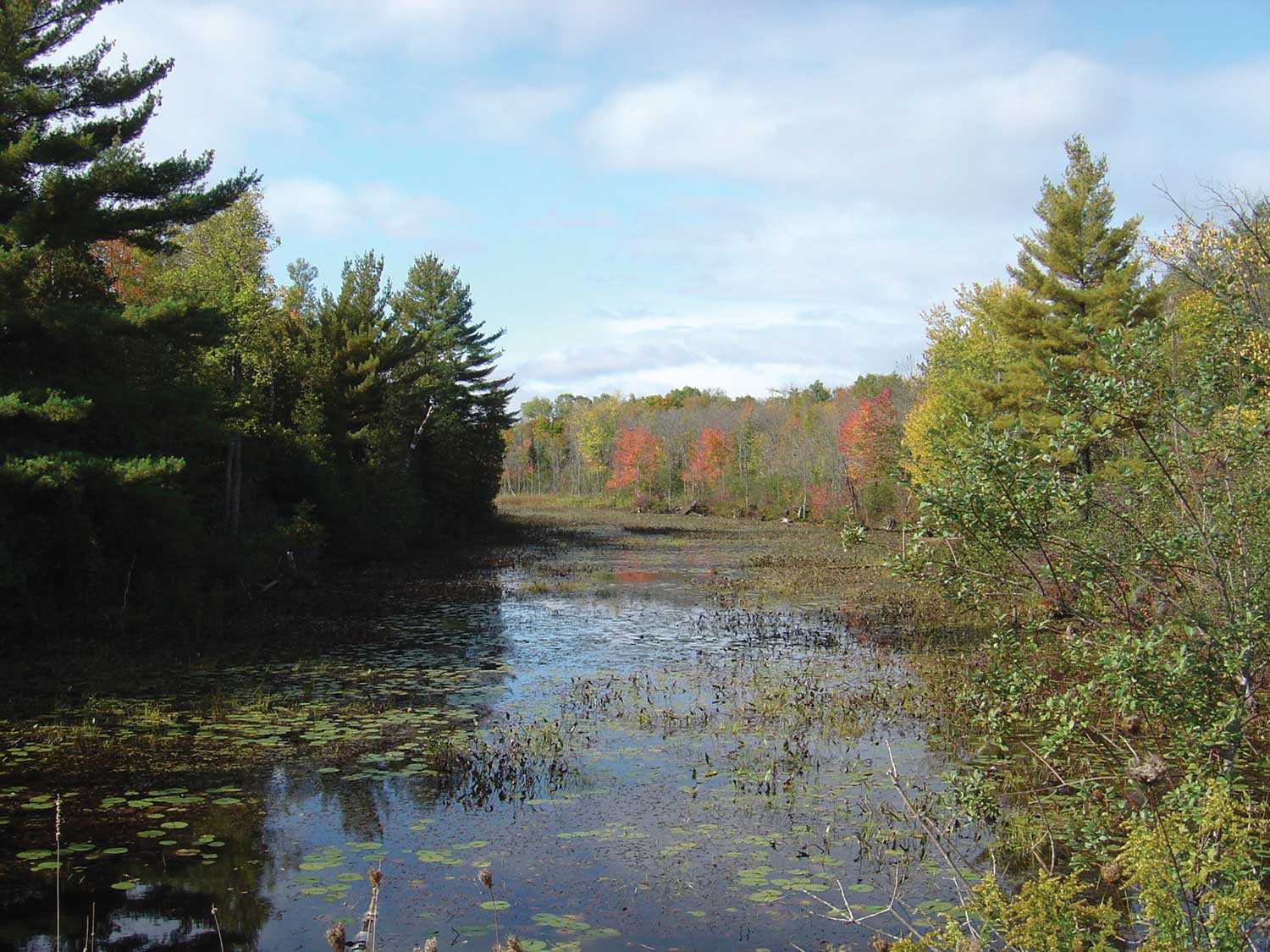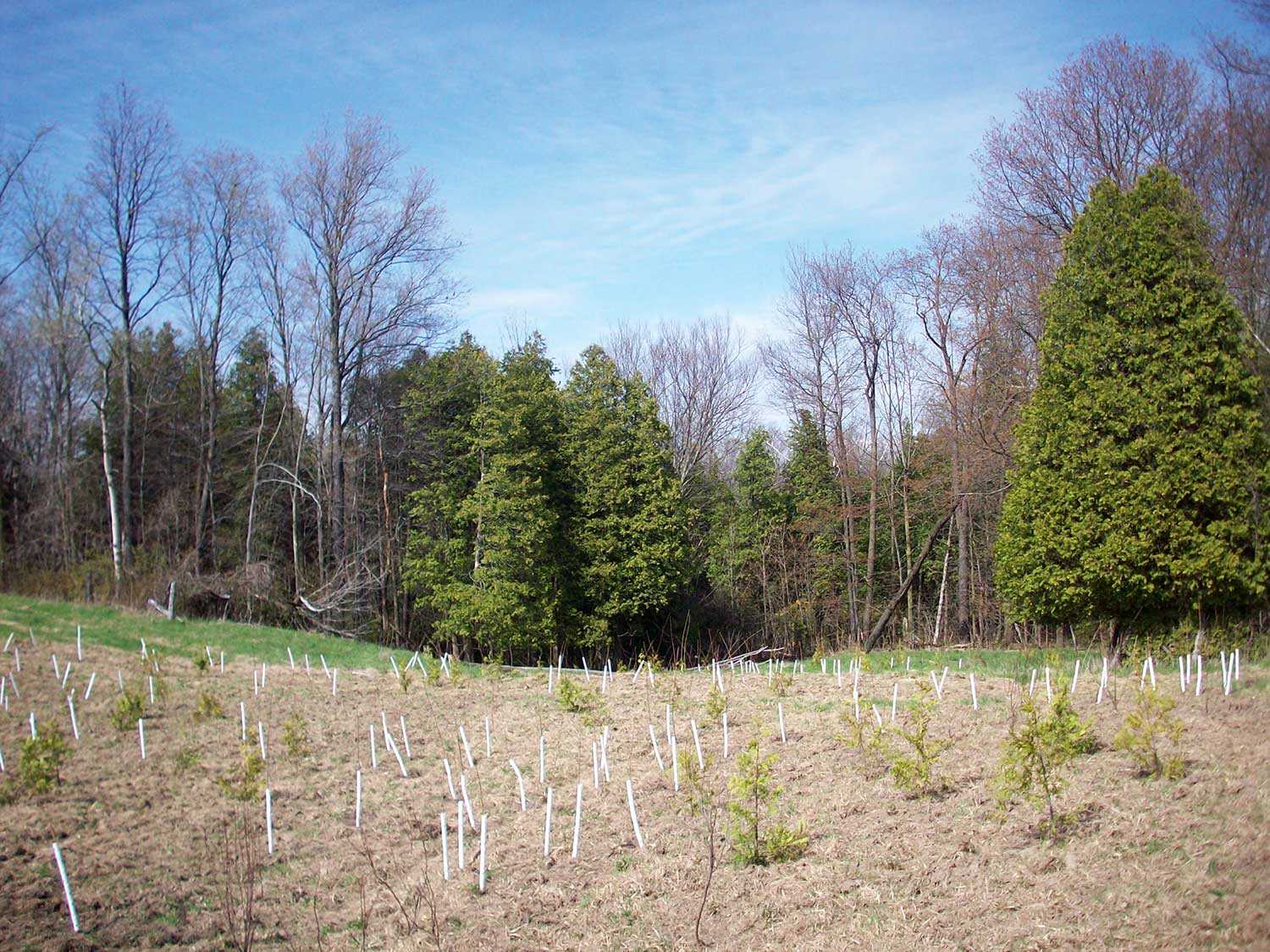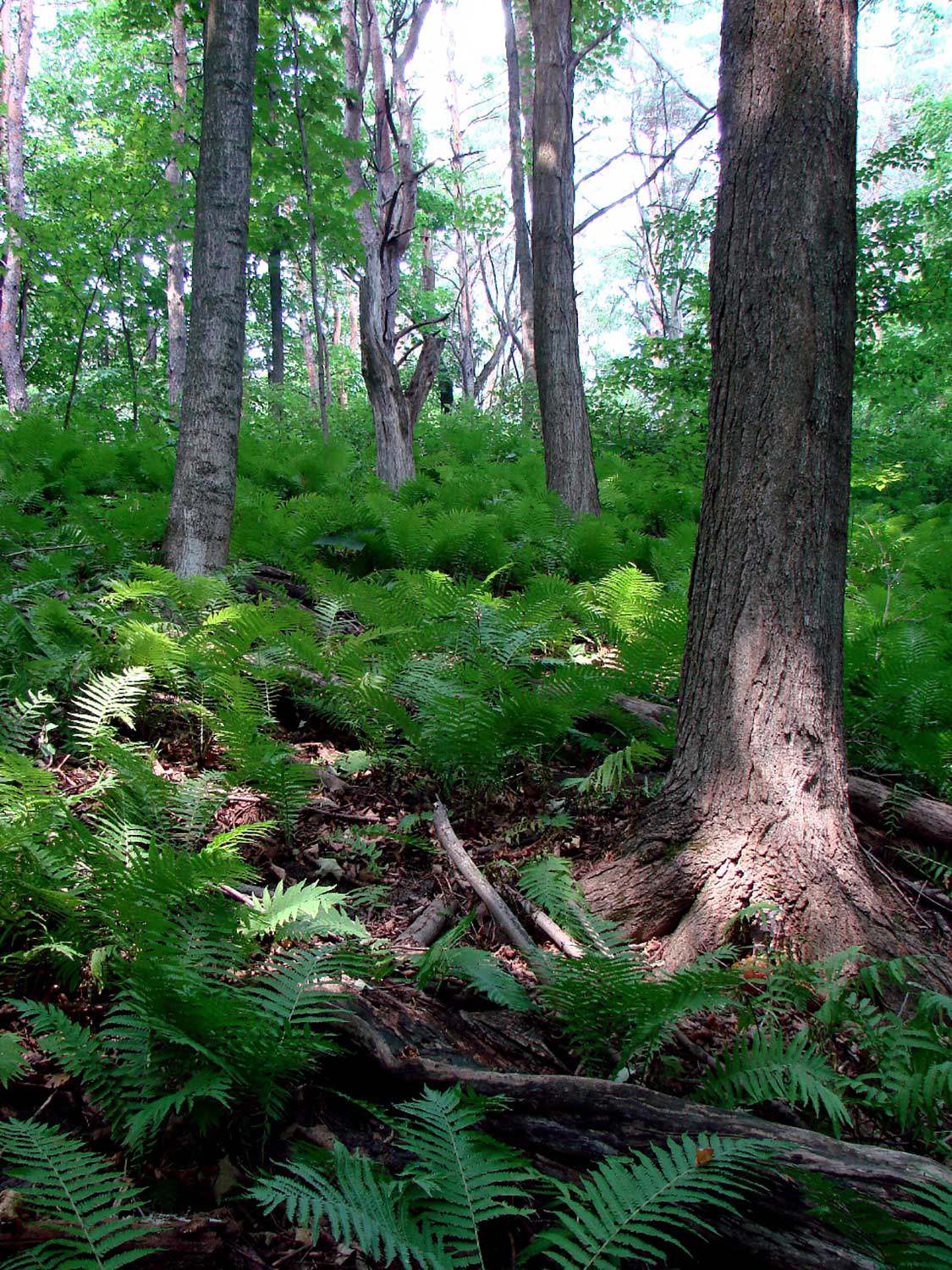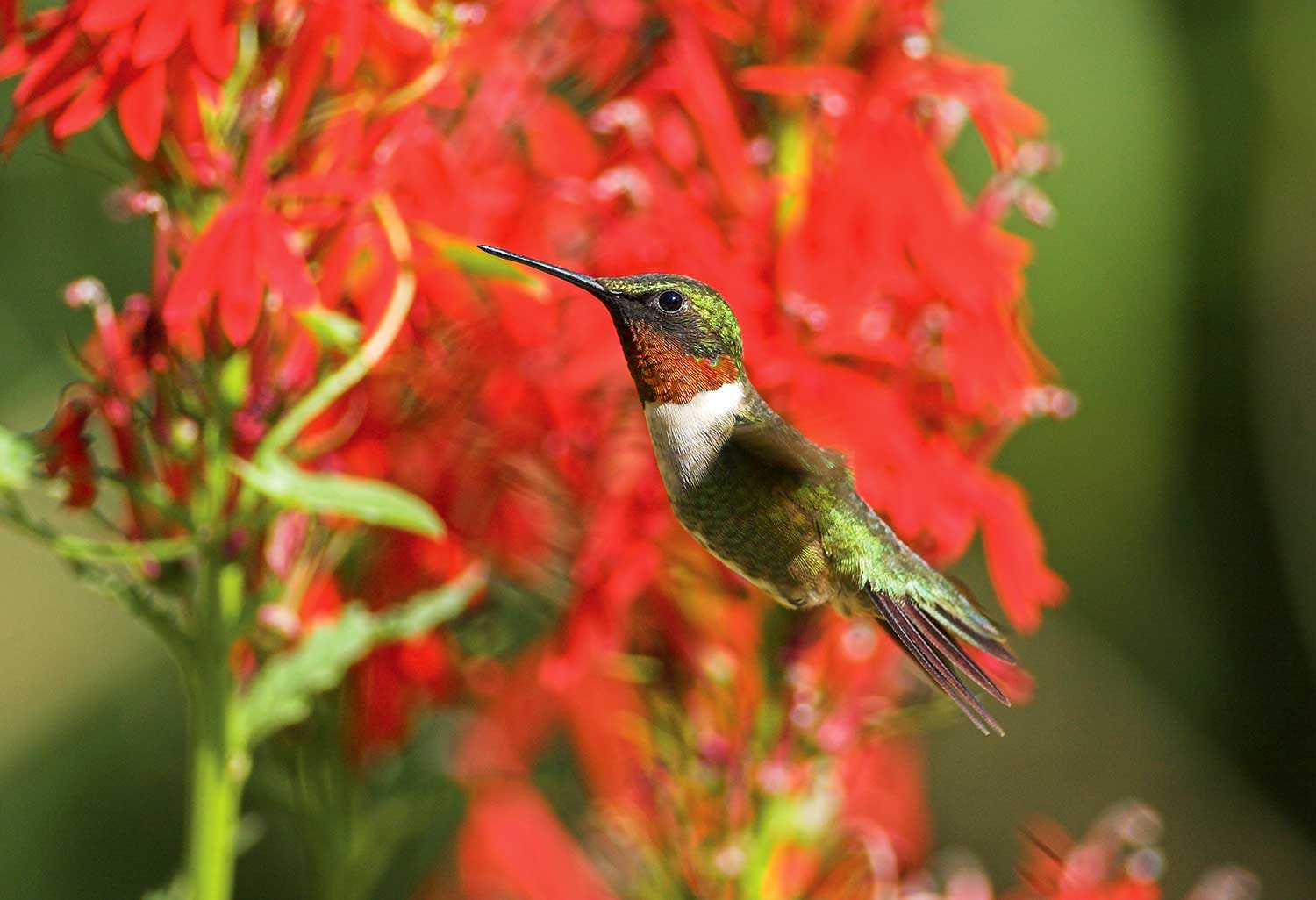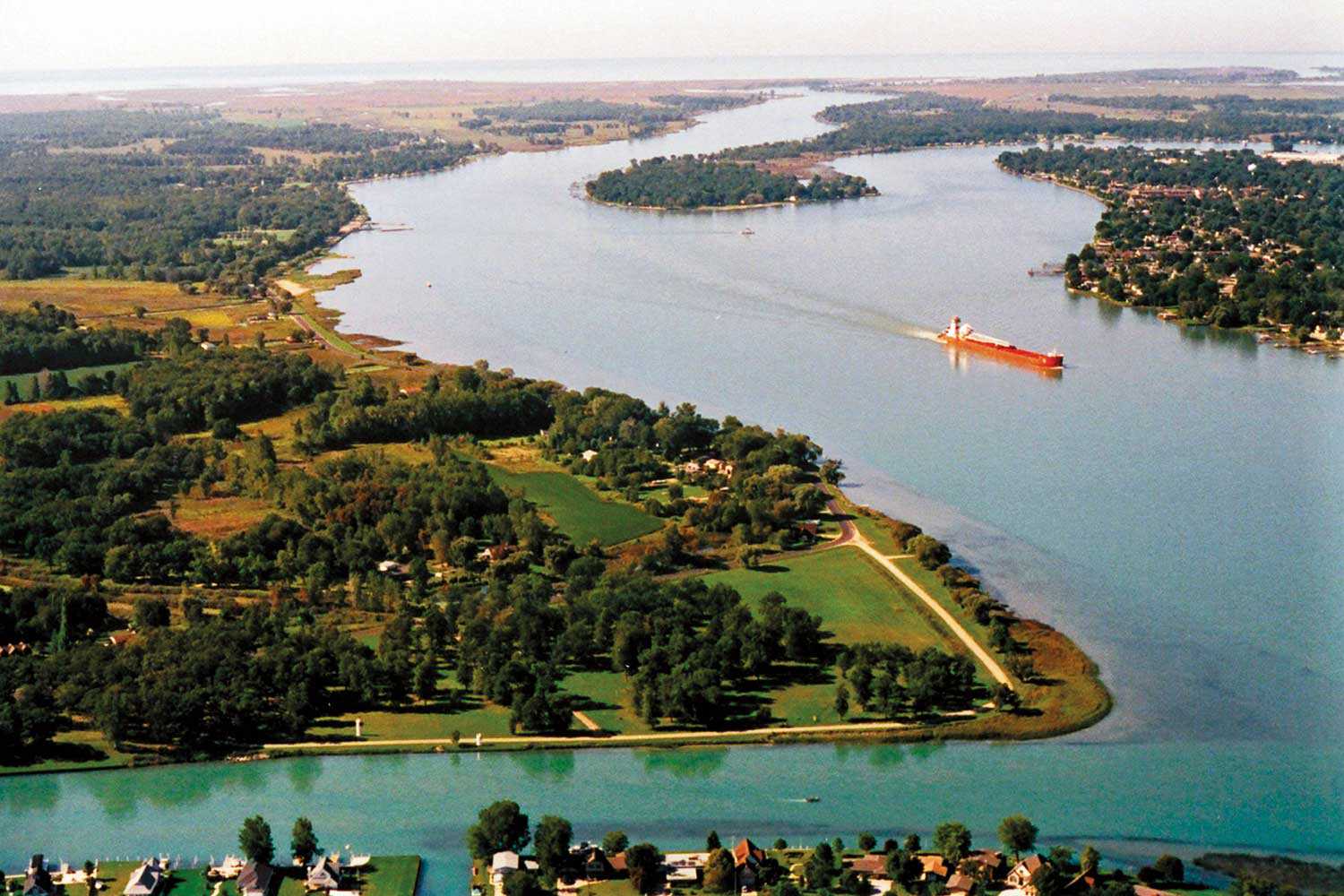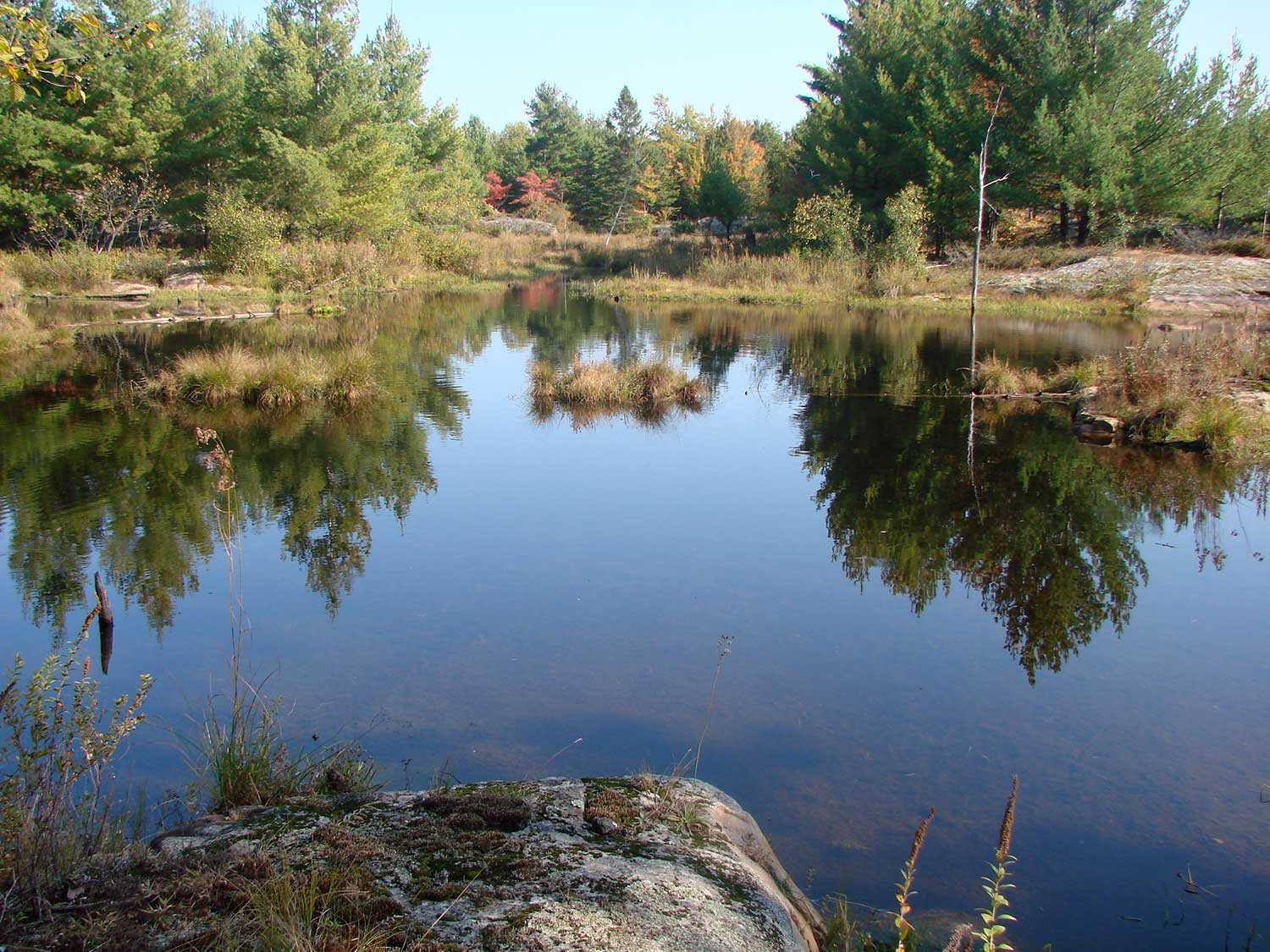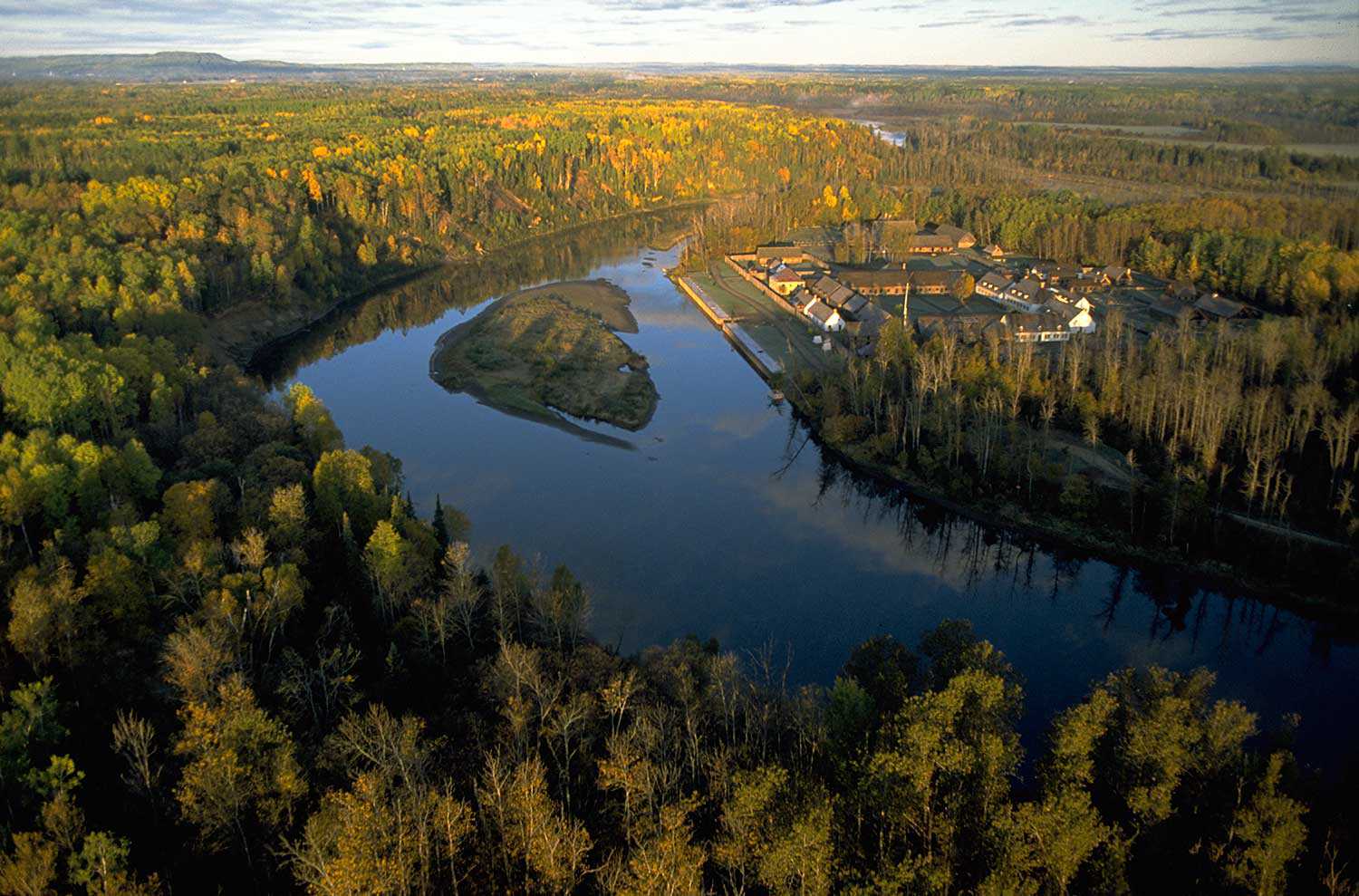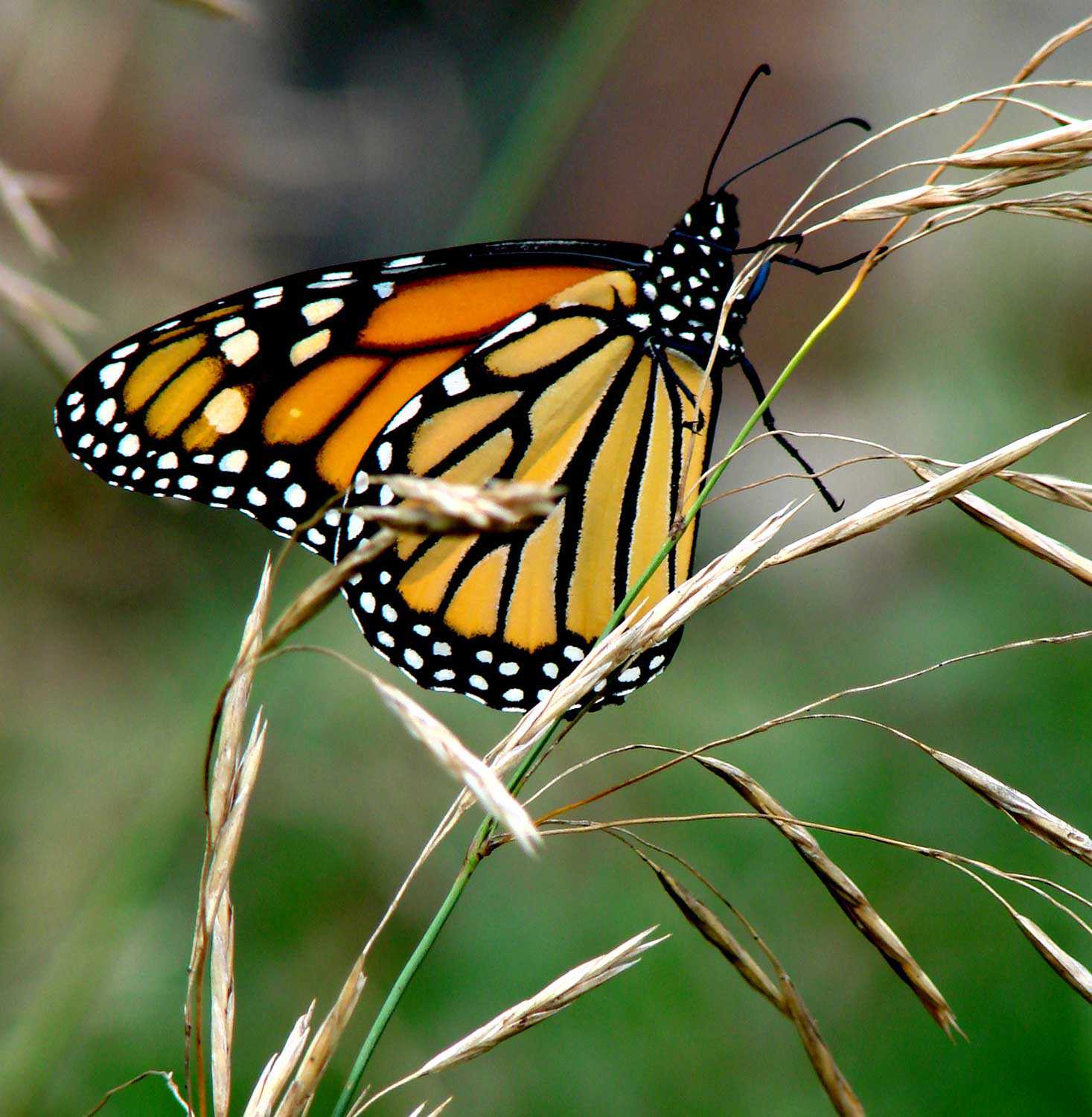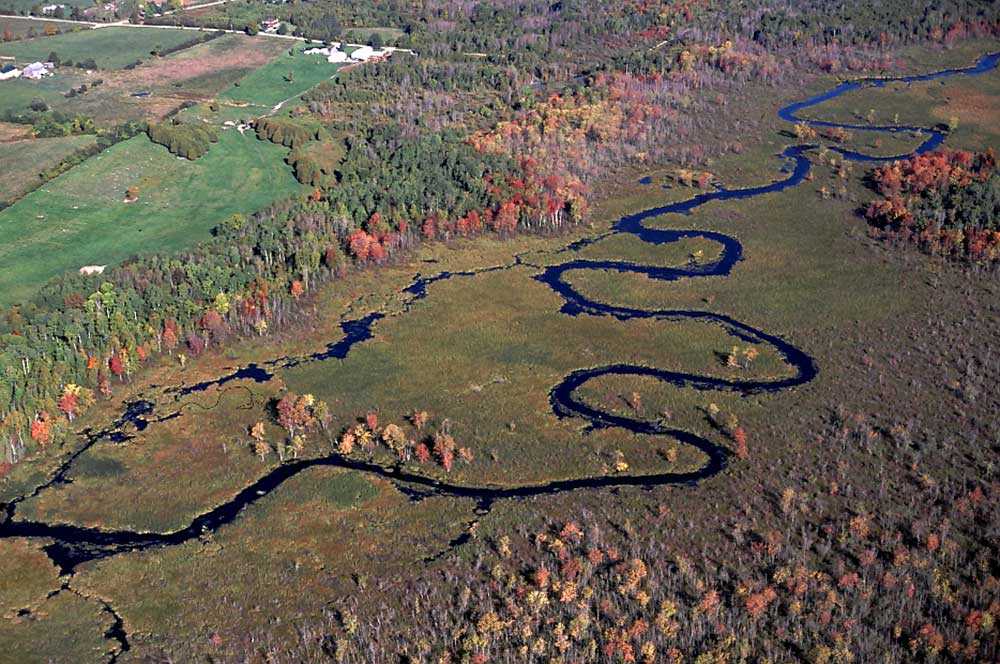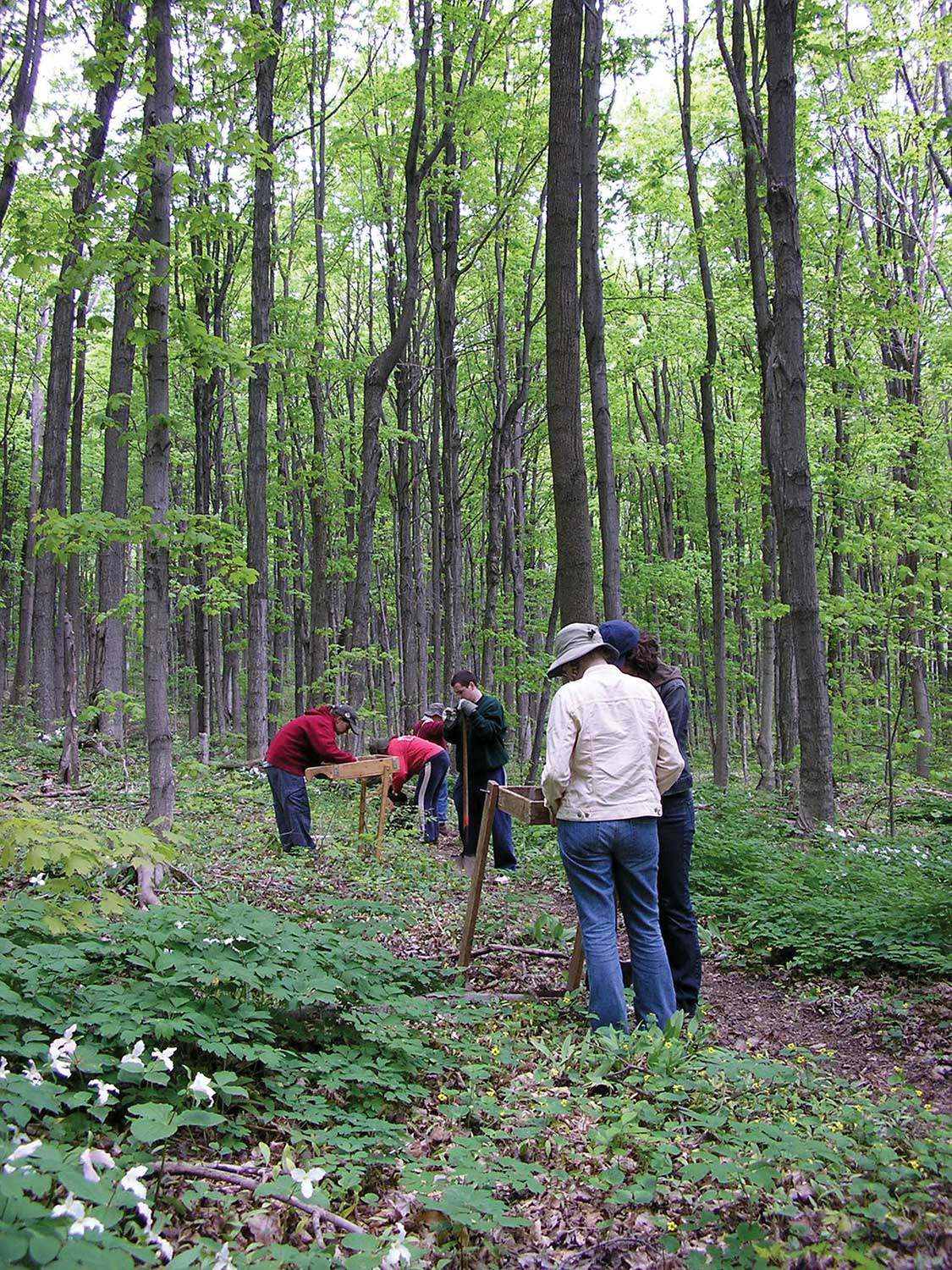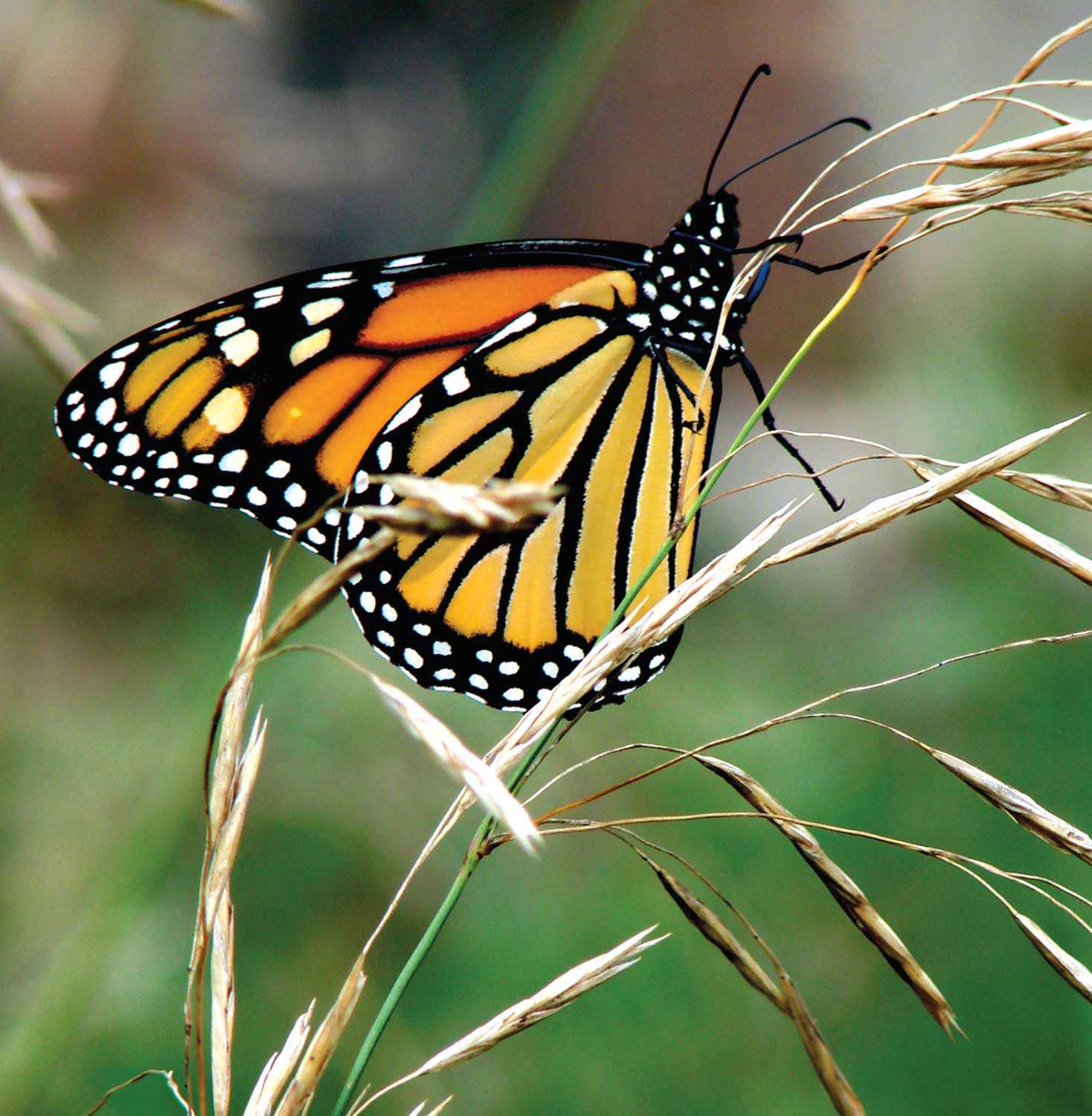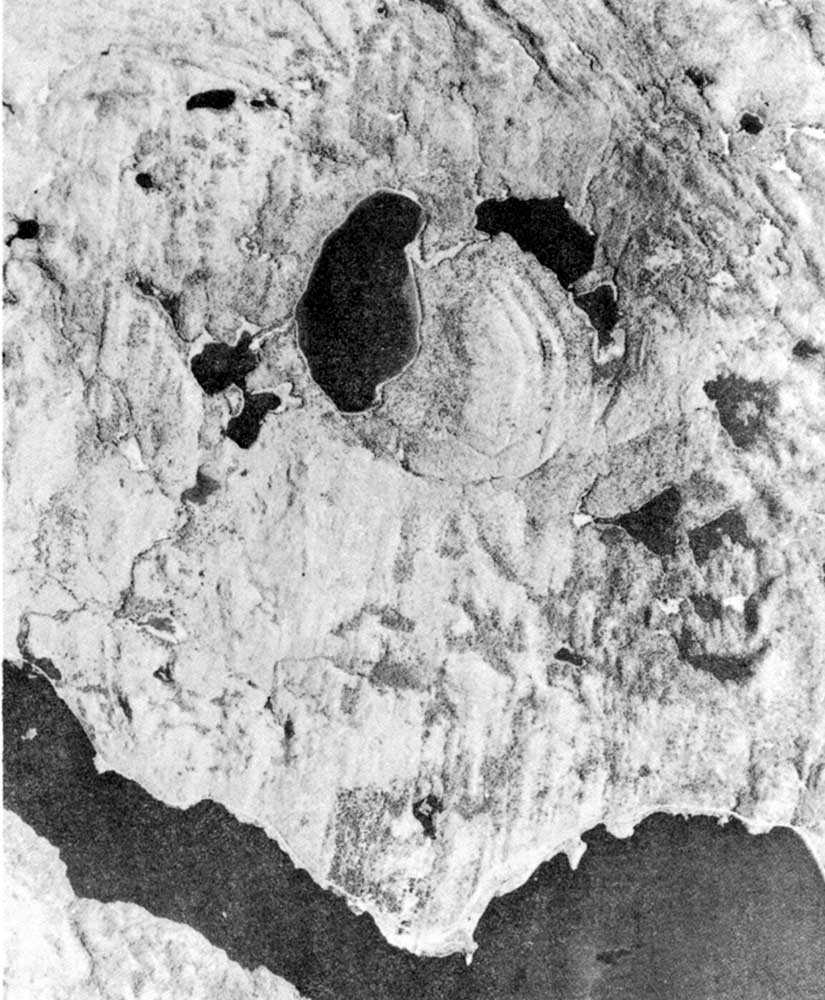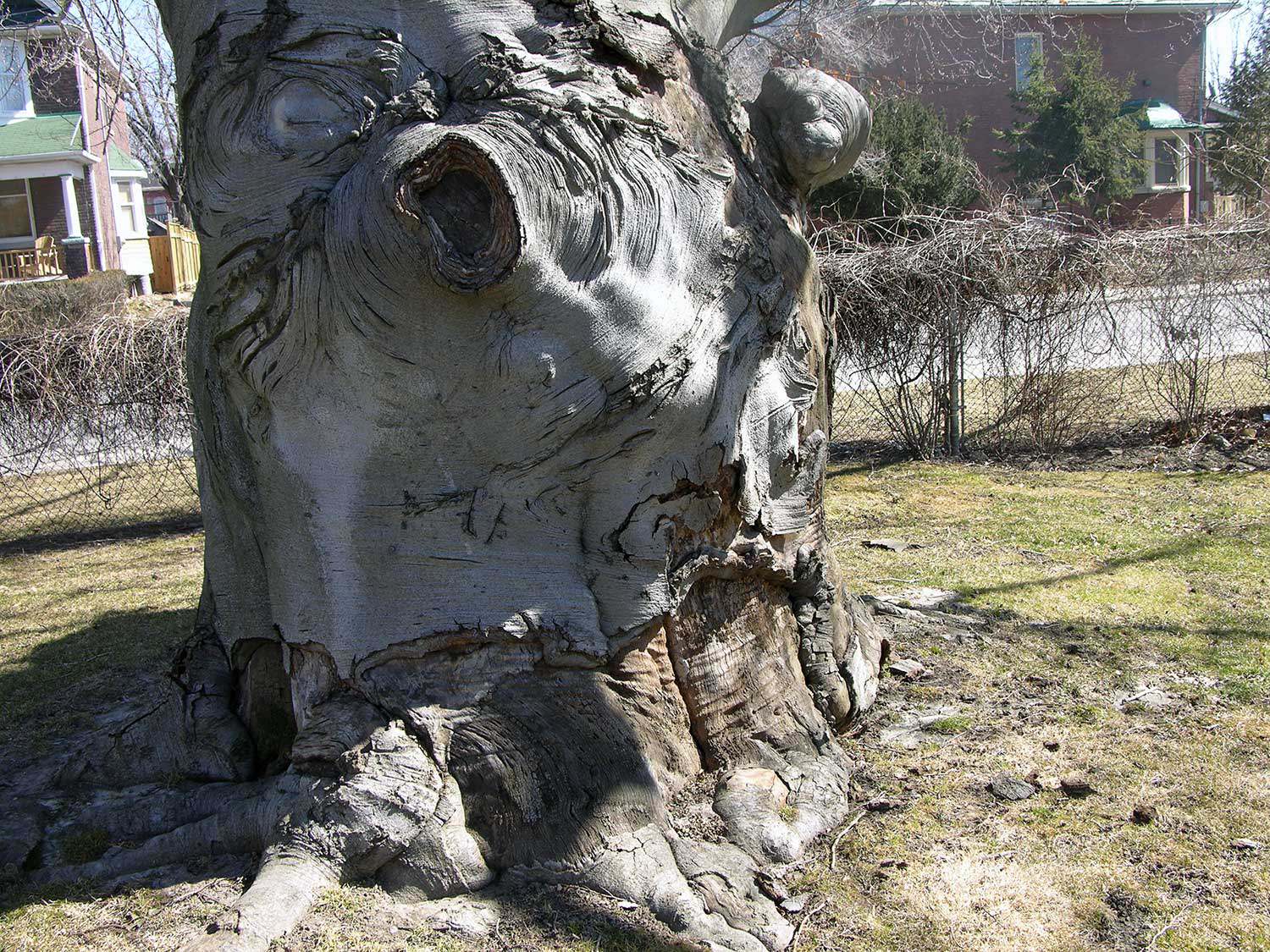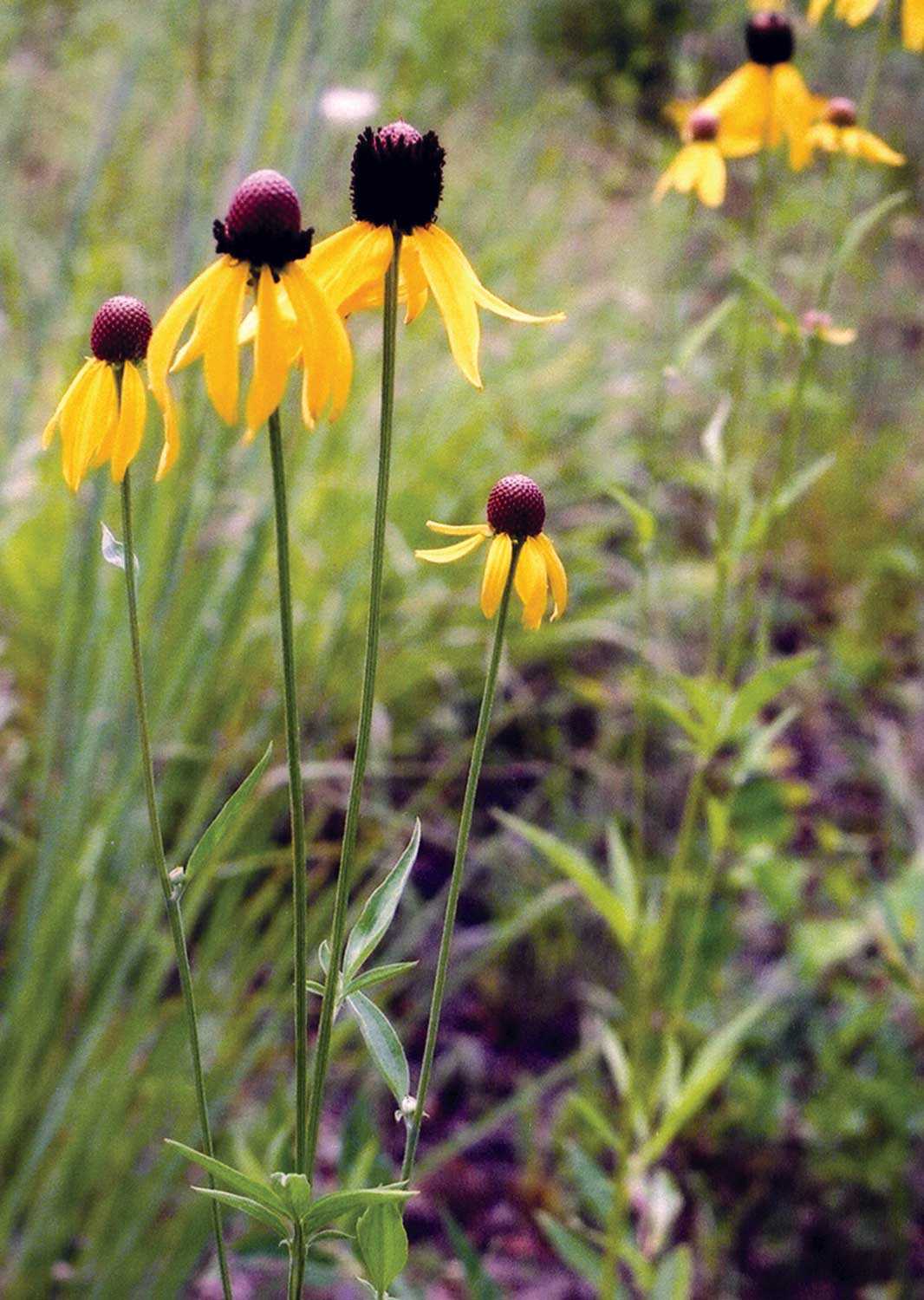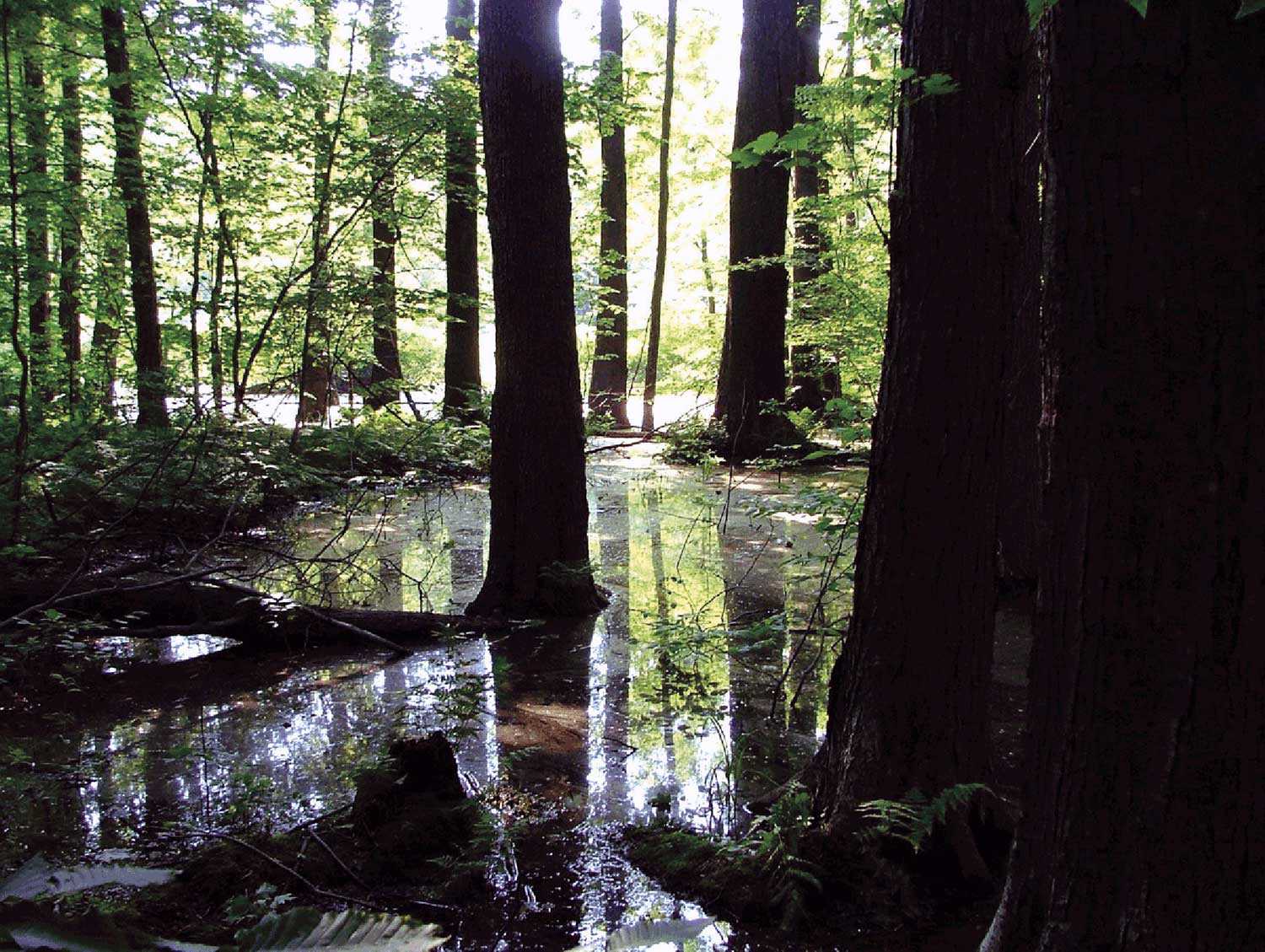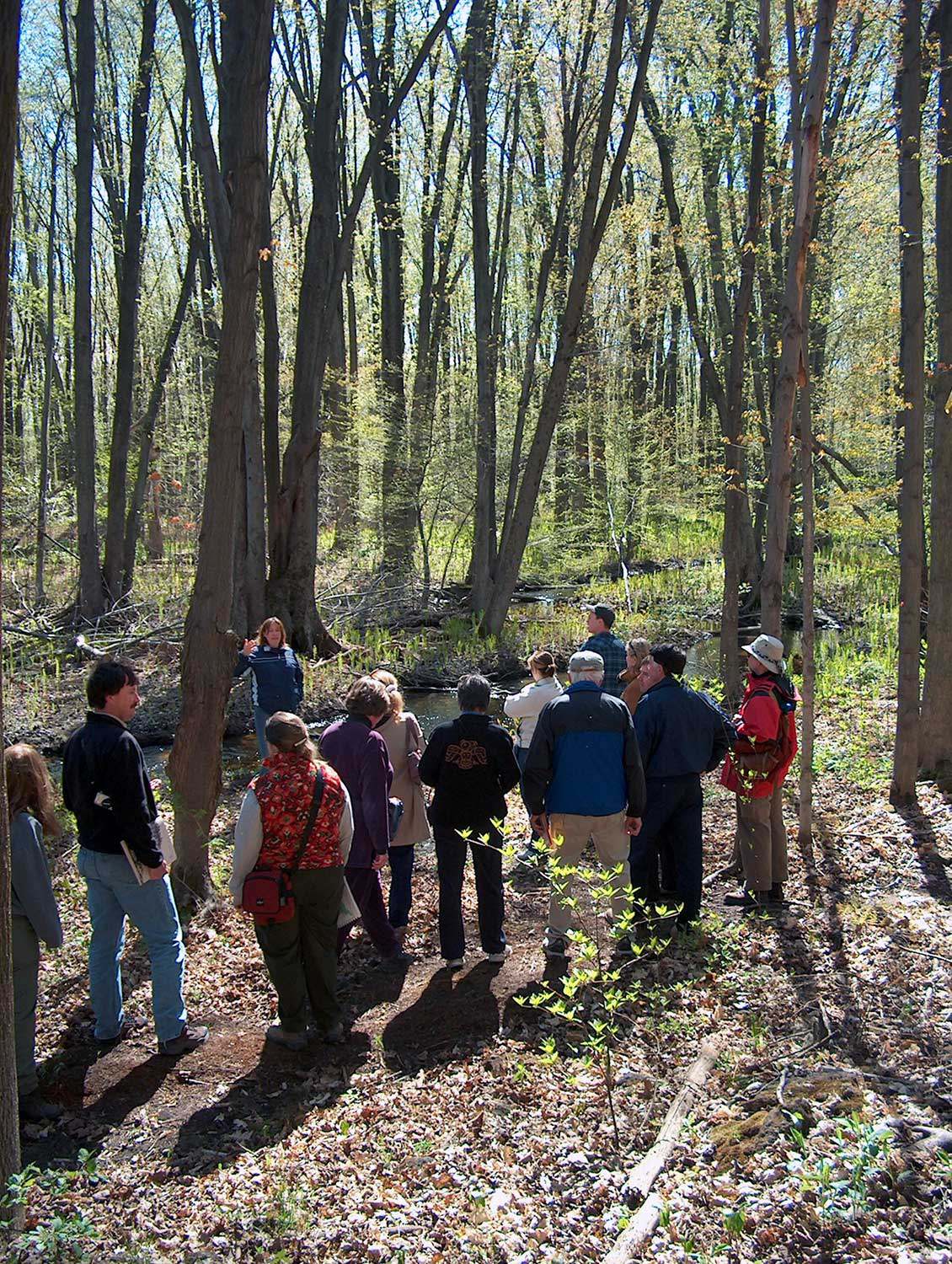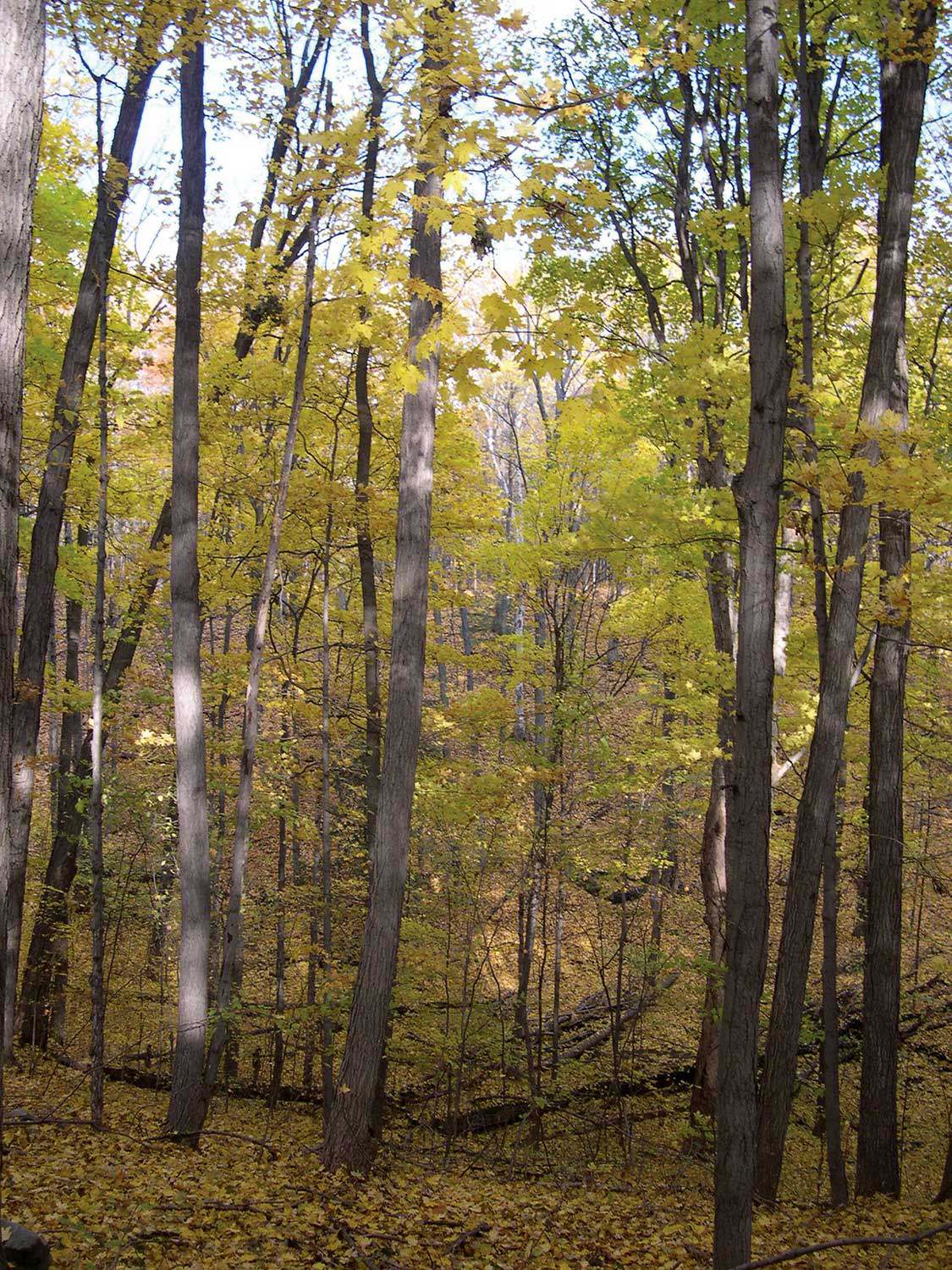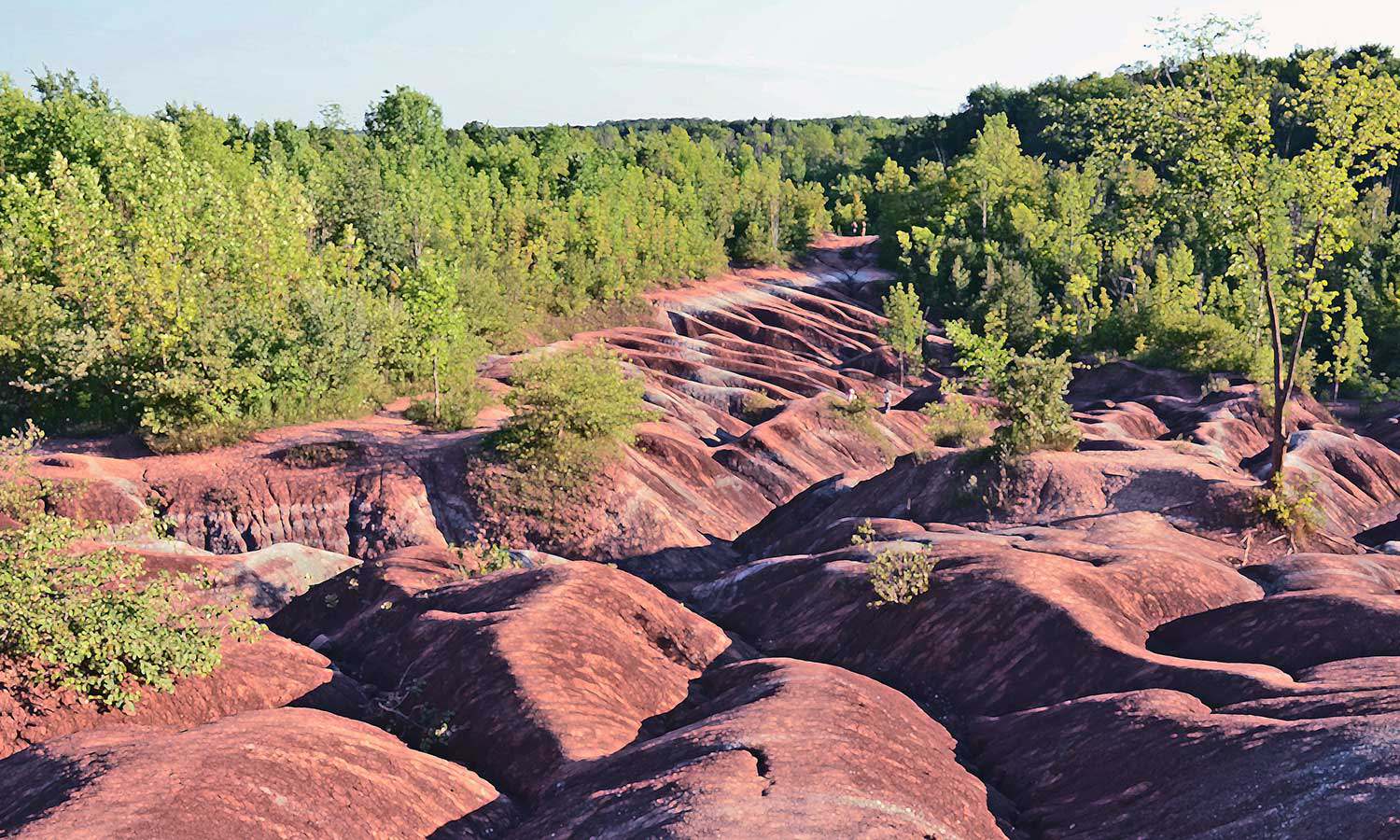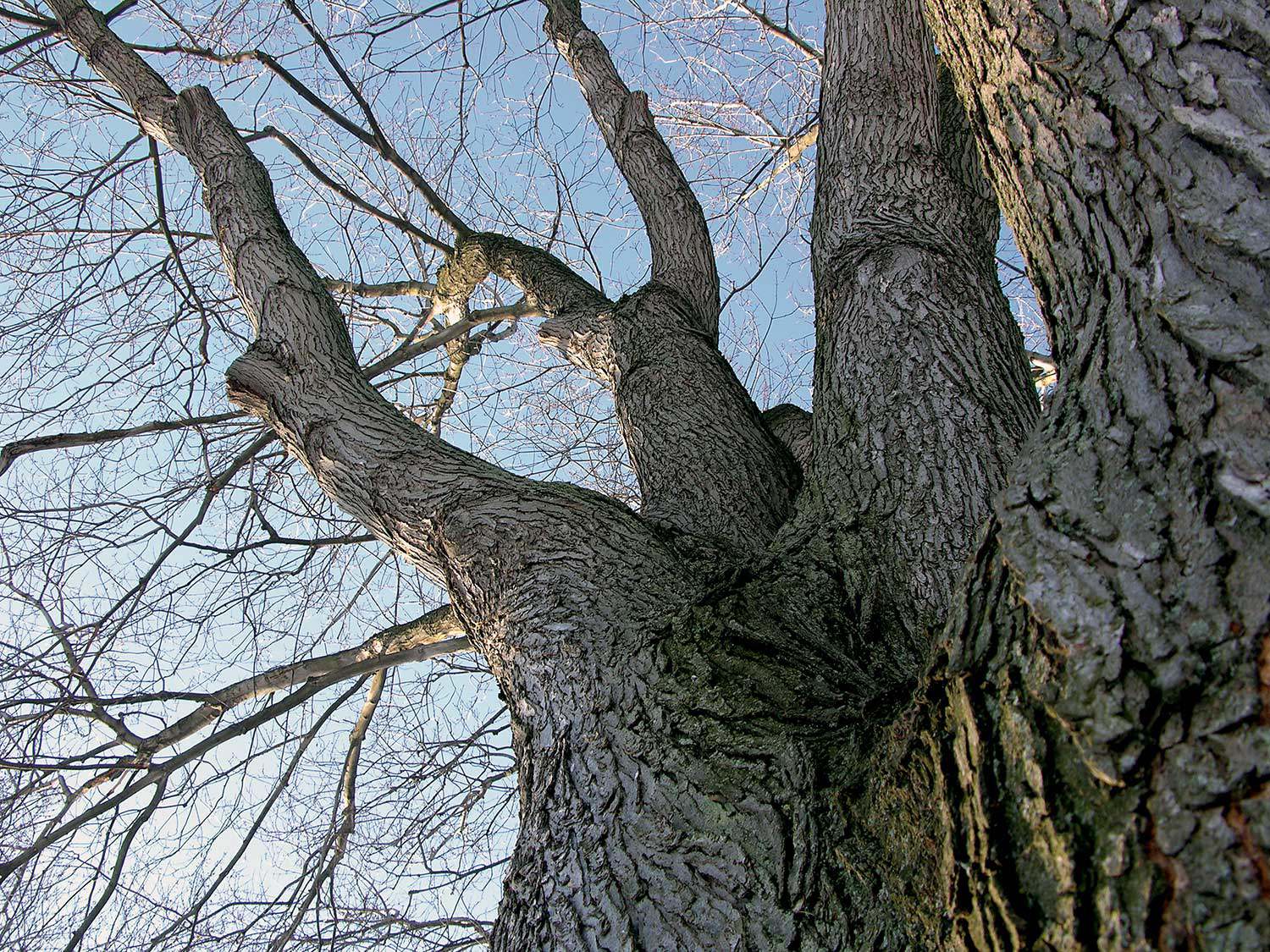

Browse by category
- Adaptive reuse
- Archaeology
- Arts and creativity
- Black heritage
- Buildings and architecture
- Communication
- Community
- Cultural landscapes
- Cultural objects
- Design
- Economics of heritage
- Environment
- Expanding the narrative
- Food
- Francophone heritage
- Indigenous heritage
- Intangible heritage
- Medical heritage
- Military heritage
- MyOntario
- Natural heritage
- Sport heritage
- Tools for conservation
- Women's heritage
Our provincial tree: The eastern white pine
Builders of British sailing ships during the 1800s sought the tall, straight white pine for the masts. The best trees in British North America were stamped by the Crown and reserved for the British Royal Navy.
With its clusters of soft five-needled leaves, the eastern white pine remains a valuable timber source. Although the natural population is much depleted in southern Ontario, the distinctive profile of a lone, mature white pine still stands in fields and towers in woodlots as the tallest conifer in eastern Canada. Its wide-spreading branches tend to grow at right angles to the trunk, but often become irregular when growing in open fields, owing to the effect of the prevailing winds. This feature makes it a favourite with artists.
The eastern white pine (Pinus strobus) was declared the arboreal emblem of Ontario by the Arboreal Emblem Act, which received royal assent on May 1, 1984. By this Act, official recognition was given to the eastern white pine’s contribution to the economy of the province.
The new Ontario Heritage Trust logo also pays tribute to the eastern white pine, symbolizing the Trust’s role in preserving the province’s natural heritage. One of the Trust’s natural heritage easements is held on a site called the Lone Pine Marsh Sanctuary. Purchased by Murial Braham, this provincially significant wetland in Cramahe Township, Northumberland is worth visiting for its nesting waterfowl and migration habitat – and also for the magnificent solitary white pine that overlooks Murial’s marsh.

